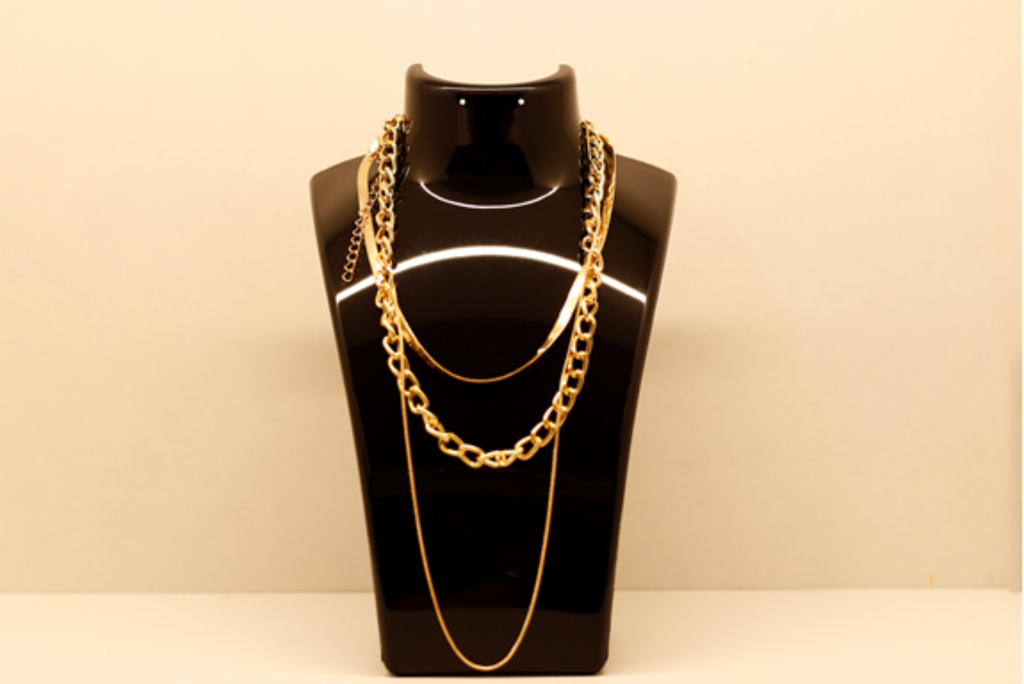The practice of gold testing for fraud entails a combination between scientific knowledge acquainted with the effects that physical innovations generate within this substance and manual procedures. Gold is one of the world’s most sought after metals and has always been associated with wealth and beauty.
Its fascination is undisputed and so does the fake style that looks strangely like real ones. Whether one is a veteran collector, purchasing for the first time or inheriting any piece of jeweler, knowing how to ascertain its authenticity ensures that they truly appreciate their possessions.

Understanding Gold Purity
Gold purity is expressed in karats with 24 karats meaning pure gold. Nevertheless, a pure specimen of gold is considerably soft and thus it needs alloying with other elements to improve its strength. Therefore, necklaces made of 14k gold with a composition that contains up to 58.3% pure Gold are very popular because they combines purity and utility equally successfully.
Hallmarks and Stamps
In order to verify a gold necklace’s authenticity, one of the first steps is that hallmarks or stamps must be examined on it. These marks depict the impurity of gold and are typically found on either the clasp or tag attached to a necklace. For example, 14 karat gold necklaces could be marked either as “14K” or “14kt”, or some other variation. However, note that forged pieces may possess fake stamps so this cannot be your sole criterion.
The Magnet Test
The non-magnetic property of Gold makes it a nonferrous metal. You can carry out a simple test at home using a powerful magnet. If the necklace is drawn by the magnet, it does not contain pure gold or a high-karat alloy. Nevertheless, this test is not reliable because nonmagnetic metals may also be used in fake pieces.
The Skin Test
Pure gold does not discolor, corrode or oxidize. One of the standard methods for testing true gold is by wearing a necklace and determining whether it turns skin darker or gives signs of heralding rust. This method is not completely accurate due to differences between the individual’s body chemistry, but still it could serve as a good preliminary test.
Professional Appraisal
For ultimate validation, one can consider an expert evaluation. A trustworthy jeweler or an appraiser may conduct some tests, including using specialized equipment. Such testing can establish whether gold is real and define the karat of it. This technique gives the best measure, especially when dealing with high-priced items.
Acid Test
Another method employed by professionals to authenticate gold is acid test. Not even a scratch is needed; just drop on the piece some few drops of nitric acid. An experienced person can decide the authenticity and karat of gold depending on the chemical reaction that took place. This test should be conducted by experts only since it uses corrosive substances and destroys the item.
Weight and Density
Gold has a unique density, which is much greater than that of most base metals. A jeweler can use his scale to measure the weight of your necklace and calculate density, which is then compared with gold or 14 karat alloy. This approach is accurate but it includes use of specialized equipment.
14 Karat Gold Necklaces
Fourteen karat gold necklaces have just the right combination of purity, strength, and price point for users to enjoy them. Authenticating these pieces is based on a combination of visual inspection for hallmarks, physical tests such as the magnet and skin test along with professional assessment all to ascertain conclusive verification.
In summary, accurate identification of genuine gold necklaces has to be done in a meticulous analysis regarding hallmarks. Having both the knowledge and tools to ensure authenticity is critical for those investing in 14 karat gold necklaces. Whether by conducting simple at-home tests or receiving an assessment from a certified expert, verifying the validity of your gold jewelry safeguards your investment and maintains not only its beauty but also its value.
